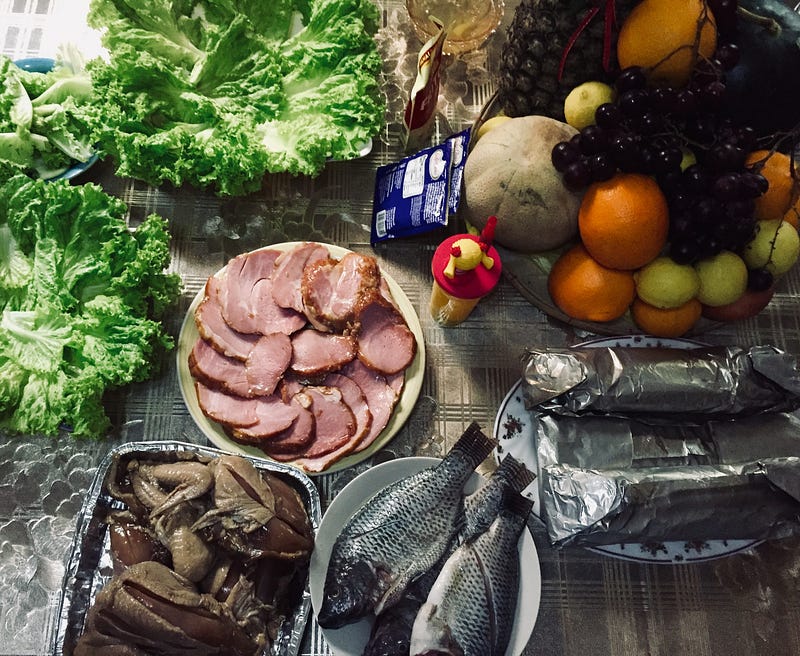Important functions of iron are performed by the body in a variety of ways. You get energy from it, and it also helps carry oxygen, boosts immunity, and supports proper brain function. It is possible for anemia and other issues to result from inadequate iron consumption. There is iron in a lot of foods, but it is not as bioavailable in plants as it is in meat. For optimal effects, increase the amount of iron-rich foods in your diet. This will improve the nutrient’s absorption. 10 scientifically proven methods that eating enough iron might benefit your health are discussed in this article.
1: Increases Vitality and Prevents Shedding
Helping the body move oxygen throughout is one of iron’s most vital roles. Feeling exhausted and lethargic all the time is caused by low iron levels, which prevent oxygen from getting to your tissues. To regain oxygen transport, increase your intake of iron. It gives you additional energy to go through the day by revitalizing your cells.
2: Improves the Function of the Brain
Your brain in particular needs oxygen to function properly. Iron enhances the brain’s ability to receive enough oxygen. Brain fog, poor cognitive function, and trouble focusing might occur when you don’t have enough iron. Gaining more iron improves mental function and clarity.
3: Boosts Noxious Response
The development of immune cells like lymphocytes, which protect the body from invaders, depends critically on iron. Additionally, when the body is attacked, it makes it possible for lymphocytes to come into action and multiply. It is possible to strengthen immunity and combat infections by increasing iron consumption.
4: Improves the Efficiency of Exercise
When working muscles are engaged in activity, iron helps with oxygen transfer and circulation. Deficit iron hinders muscles’ ability to get oxygen, which lowers performance and endurance. Your workouts will improve if your iron levels are higher.
5: Controls Body Heat
Heat regulation in the body is influenced by iron. You may experience constant coldness due to low levels interfering with your body’s natural capacity to regulate its temperature. Upping your iron consumption can assist your body return to normal and prevent cold feelings.
Get ready to shed those extra pounds with the easy-to-follow! Lose weight fast and feel great
6: Lessens Repetitive Motion Injury
Restless leg syndrome (RLS) has been found to be more common in people with iron deficiencies. Painful feelings and a strong need to move the legs are symptoms of this state. When low iron levels are present, taking iron supplements lessens RLS symptoms.
7: Diminishes Hypoactivity and Attention Deficit Disorder
Serum ferritin levels are commonly low in children with ADHD, indicating a deficiency of iron in their bodies. A healthy diet and/or iron supplementation may help treat iron deficiency and reduce symptoms of ADHD.
8: Reduces Follicle Loss
For hair follicles to initiate growth, the blood must supply sufficient oxygen and nutrients. You may experience increased hair loss and poor hair growth when you are low in iron. In order to support hair follicles, increase iron levels.
9: Minimizes Cravings for Pica
Eating non-food objects such as ice, paper, or dirt is called pica. Some unusual cravings have been linked to iron shortage. PICA symptoms can be reduced if you consume enough iron through food.
10: Encourages Pregnancy That Is Halt
As iron helps build hemoglobin for both the mother and the unborn child, pregnant women require twice the amount of iron. Low birth weight and preterm delivery are mitigated by adequate iron. A healthy pregnancy is supported and deficiencies are avoided by meeting increased needs for iron.
Your Diet’s Best Sources of Iron
Take advantage of these foods high in iron to get the benefits of nutrition:
High bioavailability of heme iron is found in red meat and organ meats such as liver. Oysters, clams, and sardines are examples of seafood. With vitamin C, plant-based iron found in spinach and other leafy greens is better absorbed. A good source of iron and fiber are beans and lentils. Vegetables high in iron include tempeh, tofu, and various types of soy. — Bread and whole grain cereals that have been fortified are simple ways to increase iron intake. Apricots, prunes, and raisins are examples of dried fruits. Cashews, pumpkin seeds, and quinoa are among the nuts and seeds that raise iron levels. Rich chocolate has antioxidants and iron. Iron is high in blackstrap molasses.
To improve uptake, combine plant-based iron diets with foods high in vitamin C, such as citrus, bell peppers, or tomatoes. Even after making dietary changes, timed supplements may not be able to fully address your low iron levels.
Get ready to shed those extra pounds with the easy-to-follow! Lose weight fast and feel great
Conclusion
Oxygen transportation, brain support, and body temperature regulation all depend on iron. Exercising and immune system health are other perks. Consume a balanced diet rich in iron-fortified foods, meat, fish, legumes, nuts, and seeds to prevent iron deficiency. Eat iron-rich meals that your body can readily absorb to reap the greatest benefits for your mind and body.



Post a Comment
0Comments